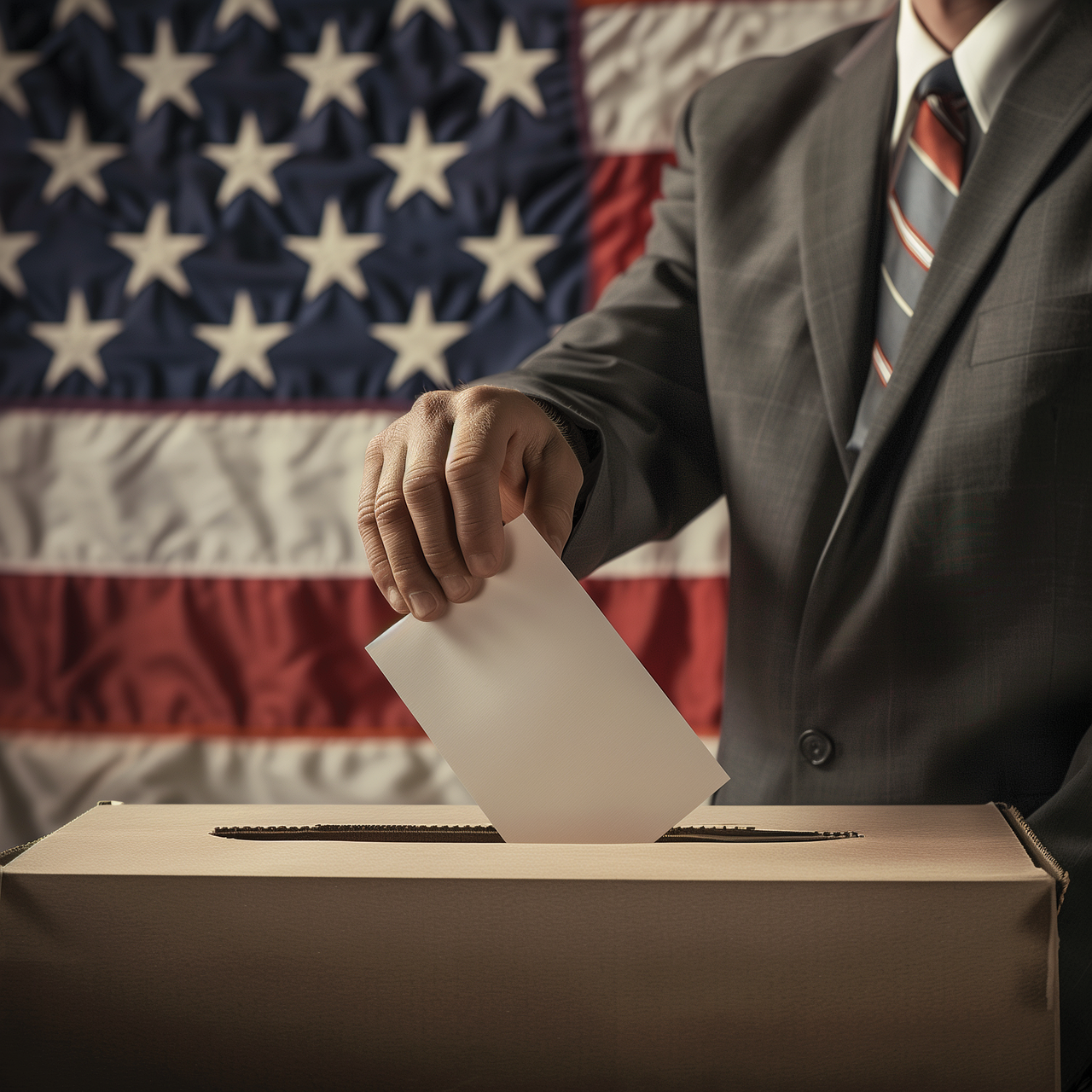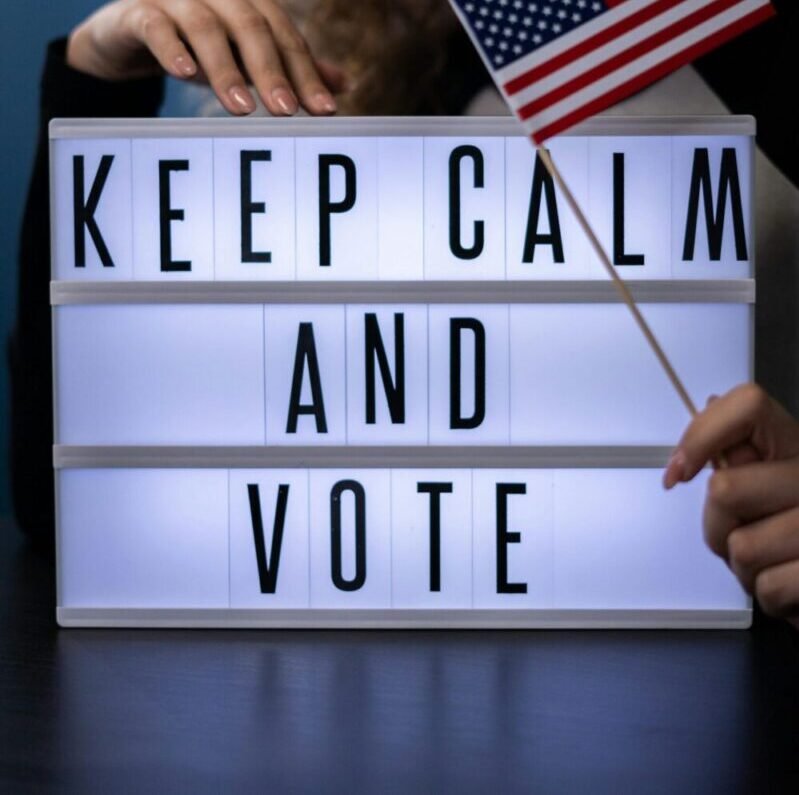
Ask not what your country can do for you, ask ‘how the heck do I actually vote these days?’
1. Early Voting
History: Early voting began as a way to provide greater flexibility for voters who could not make it to the polls on Election Day. It was first widely adopted in Texas in the early 1990s and has since spread to many states across the country. As of Februrary 2024, 47 states and the District of Columbia permitted no-excuse early voting in some form.
Definition: Early voting allows voters to cast their ballots in person before the official Election Day. This method is designed to provide more flexibility and convenience, reducing the pressure on voters to make it to the polls on a single day.
Pros:
- Convenience: Voters have more flexibility to choose a day and time that fits their schedule.
- Reduced Crowds: Early voting helps minimize long lines and overcrowding at polling places on Election Day.
- Increased Participation: Studies have shown that early voting can lead to higher voter turnout by making it easier for people to vote.
Cons:
- Limited Information: Voters who cast their ballots early may miss late-breaking news or developments that could influence their decision.
- Resource Intensive: Early voting requires extended operation of polling places, which can be costly and require additional staffing.
Statistics and Trends:
- According to the U.S. Election Assistance Commission, approximately 42% of voters in the 2020 U.S. presidential election voted early.
- States like Texas, Georgia, and North Carolina have seen significant increases in early voting participation over recent election cycles.
- Controversies have arisen regarding the reduction of early voting days in some states, sparking debates over voter access and potential disenfranchisement.
- On Feb. 23, 2024, Delaware Superior Court judge Mark Conner ruled that early voting was unconstitutional in the state, saying that the laws are “inconsistent with our constitution and therefore cannot stand.
2. Mail-In Voting
History: Mail-in voting has been used since the Civil War to allow soldiers to vote from the battlefield. Its use expanded significantly in the 2020 election due to the COVID-19 pandemic, providing a safe alternative to in-person voting.
Definition: Mail-in voting, also known as absentee voting by mail, allows voters to receive and return their ballots through the postal service. This method is especially beneficial for those who cannot physically make it to polling places.
Pros:
- Accessibility: Ideal for voters who are elderly, disabled, or living abroad.
- Convenience: Voters can fill out their ballots at their own pace and mail them in without having to visit a polling place.
- Safety: Particularly useful during health crises, such as the COVID-19 pandemic, to avoid crowded polling places.
Cons:
- Mail Delays: Potential for postal service delays, which can result in late ballots that are not counted.
- Security Concerns: Although rare, mail-in voting can be susceptible to fraud or mishandling.
Statistics and Trends:
- In the 2020 U.S. presidential election, nearly 46% of voters used mail-in voting, as reported by the U.S. Election Assistance Commission.
- States like Oregon, Colorado, and Utah conduct all elections by mail and have consistently high voter turnout rates.
- Recent controversies have included debates over the security of mail-in ballots and the efficiency of the U.S. Postal Service, with some states tightening regulations around mail-in voting procedures.
- Eight states – California, Colorado, Hawaii, Nevada, Oregon, Utah, Vermont, and Washington – offer what are commonly referred to as all-mail elections. In these states, voting is conducted primarily, although not necessarily exclusively, by mail. These states allow for in-person early voting by default (generally by allowing voters to return their mail-in ballots in person at municipal-level offices or vote centers).
3. In-Person Voting on Election Day
History: In-person voting on Election Day has been the traditional method of voting in the United States since its founding. It is the most widely recognized and practiced form of voting.
Definition: Traditional in-person voting on Election Day is the most common method, where voters go to designated polling places to cast their ballots.
Pros:
- Instant Confirmation: Voters receive immediate confirmation that their ballot has been successfully submitted.
- Community Engagement: Voting in person can foster a sense of community and civic duty.
- Up-to-Date Information: Voters can make informed decisions based on the most current information available.
Cons:
- Time Constraints: Voters have a limited window on Election Day, which can be challenging for those with demanding schedules.
- Potential for Long Lines: High turnout can lead to long wait times, which may discourage some from voting.
Statistics and Trends:
- Despite the rise of early and mail-in voting, about 30% of voters still preferred to vote in person on Election Day in the 2020 election, according to the U.S. Election Assistance Commission.
- States like New York, Pennsylvania, and Illinois have high numbers of in-person voters on Election Day.
- Recent conversations have focused on improving the efficiency of in-person voting through measures such as electronic poll books and additional polling locations.
4. Absentee Voting
History: Absentee voting was introduced during the Civil War to allow soldiers to vote remotely. Over time, it has expanded to include civilians who are unable to vote in person due to various reasons such as travel or illness.
Definition: Absentee voting is a process that allows voters to request a ballot if they are unable to vote in person on Election Day due to various reasons such as travel, illness, or military service.
Pros:
- Flexibility: Voters can participate in elections even when they are away from their registered polling place.
- Extended Time Frame: Voters have more time to research candidates and issues before casting their ballot.
Cons:
- Application Process: Requires voters to apply for an absentee ballot, which can be an additional step.
- Risk of Disqualification: Ballots can be disqualified for errors such as missing signatures or late submission.
Statistics and Trends:
- The U.S. Election Assistance Commission reports that about 25% of voters used absentee ballots in the 2020 election.
- States with no-excuse absentee voting, such as California, Arizona, and Florida, see higher participation rates compared to states requiring an excuse.
- Controversies have included debates over the expansion of no-excuse absentee voting and concerns about ballot integrity.
5. Unique Voting Methods
Curbside Voting:
- History: Curbside voting has been implemented in various states to accommodate voters with disabilities.
- Pros: Highly accessible for voters with disabilities or those unable to leave their vehicles.
- Cons: Limited availability and requires additional resources and staffing.
Mobile Voting:
- History: Mobile voting is an emerging technology being piloted in some regions to modernize the voting process.
- Pros: Utilizes technology to provide a convenient and modern voting experience, potentially increasing participation among tech-savvy voters.
- Cons: Security and privacy concerns, as well as the need for robust infrastructure.
Statistics and Trends:
- Curbside voting is available in states like Texas, North Carolina, and Illinois but remains a niche option.
- Mobile voting pilots have been conducted in places like West Virginia for military voters but are still in the experimental phase.
- Discussions around unique voting methods often focus on balancing accessibility with security concerns.
Conclusion
Understanding your voting options is essential for participating effectively in elections. Early voting, mail-in voting, in-person voting on Election Day, and absentee voting each offer unique advantages and potential drawbacks. By weighing these factors and considering your personal circumstances, you can choose the voting method that best suits your needs.
This comprehensive guide aims to provide all voters with the information they need to make informed decisions about how to cast their ballots, ensuring a smooth and effective voting experience.
Learn more about a new method to calculate Election Results.
Sources
- U.S. Election Assistance Commission: https://www.eac.gov/
- Pew Research Center: https://www.pewresearch.org/
- National Conference of State Legislatures: https://www.ncsl.org/












